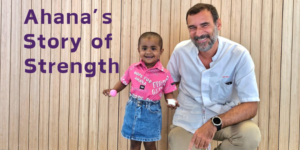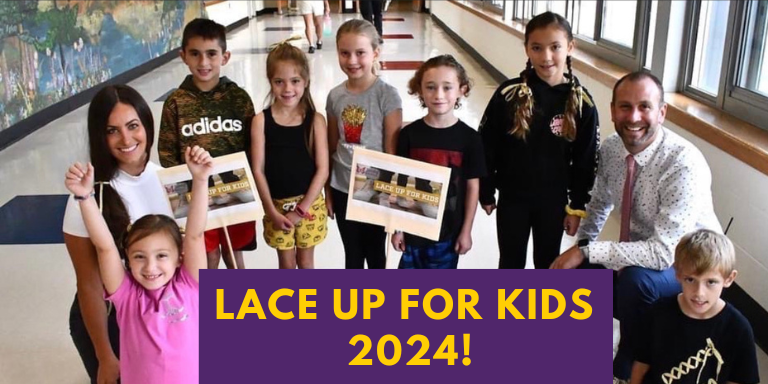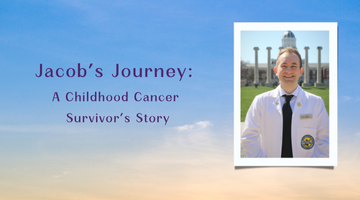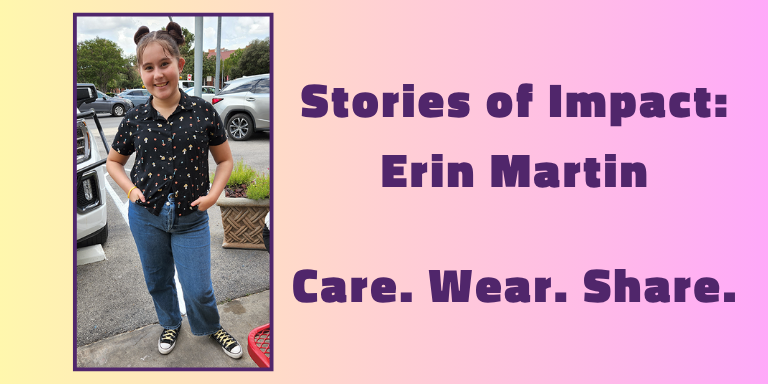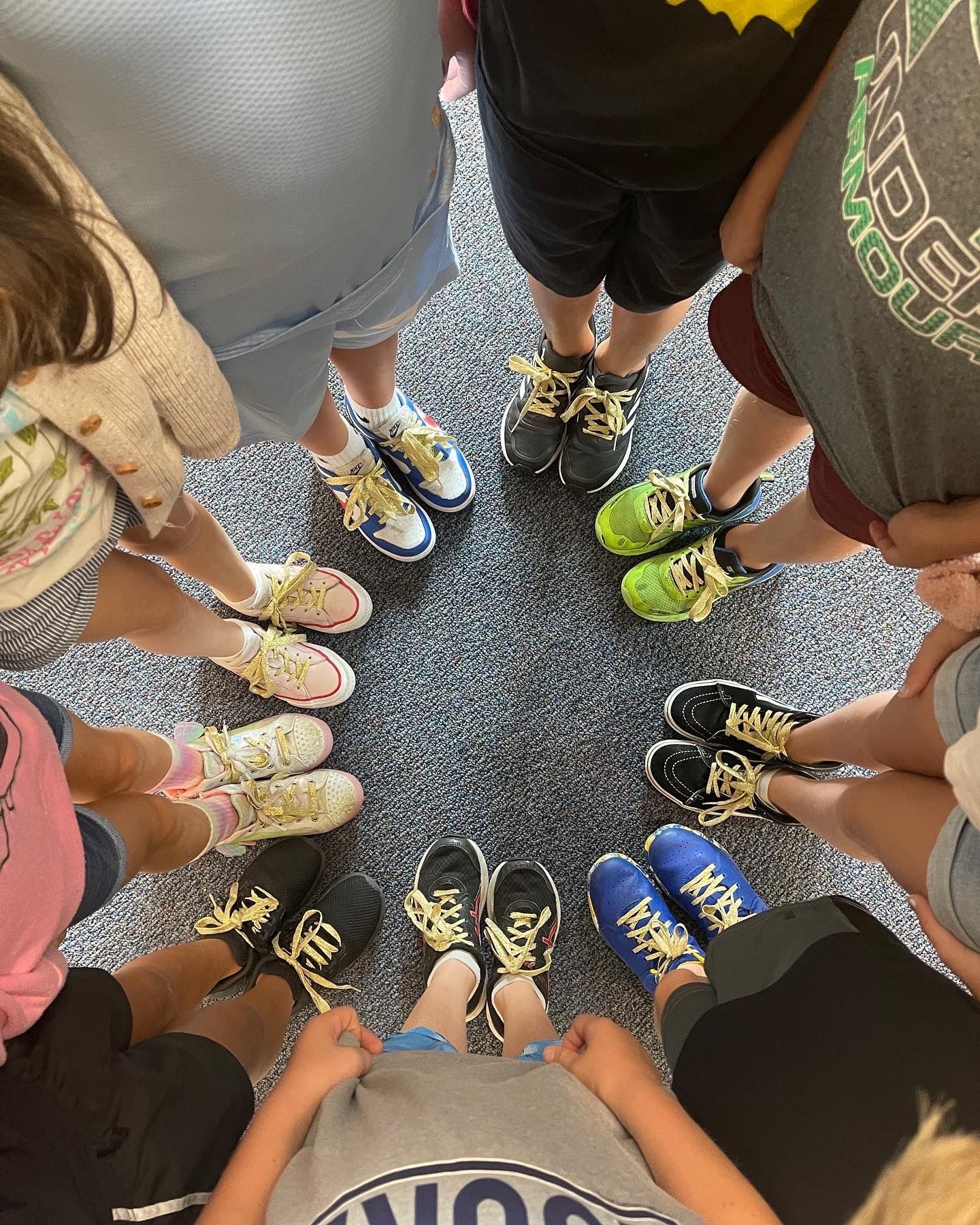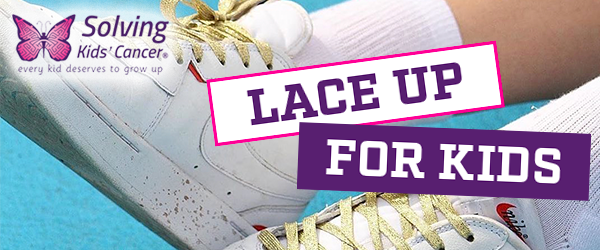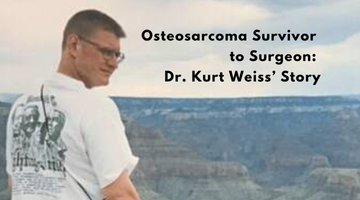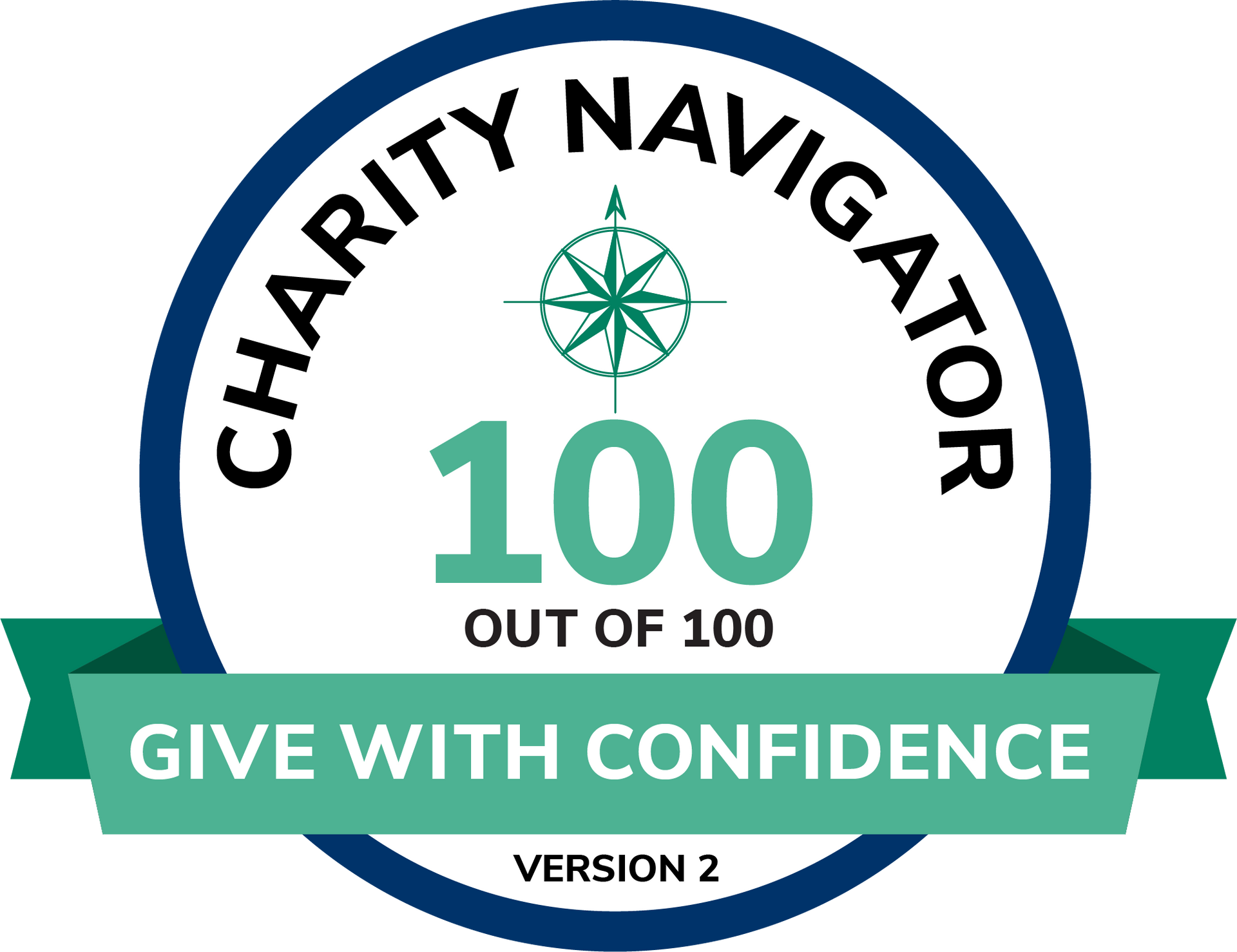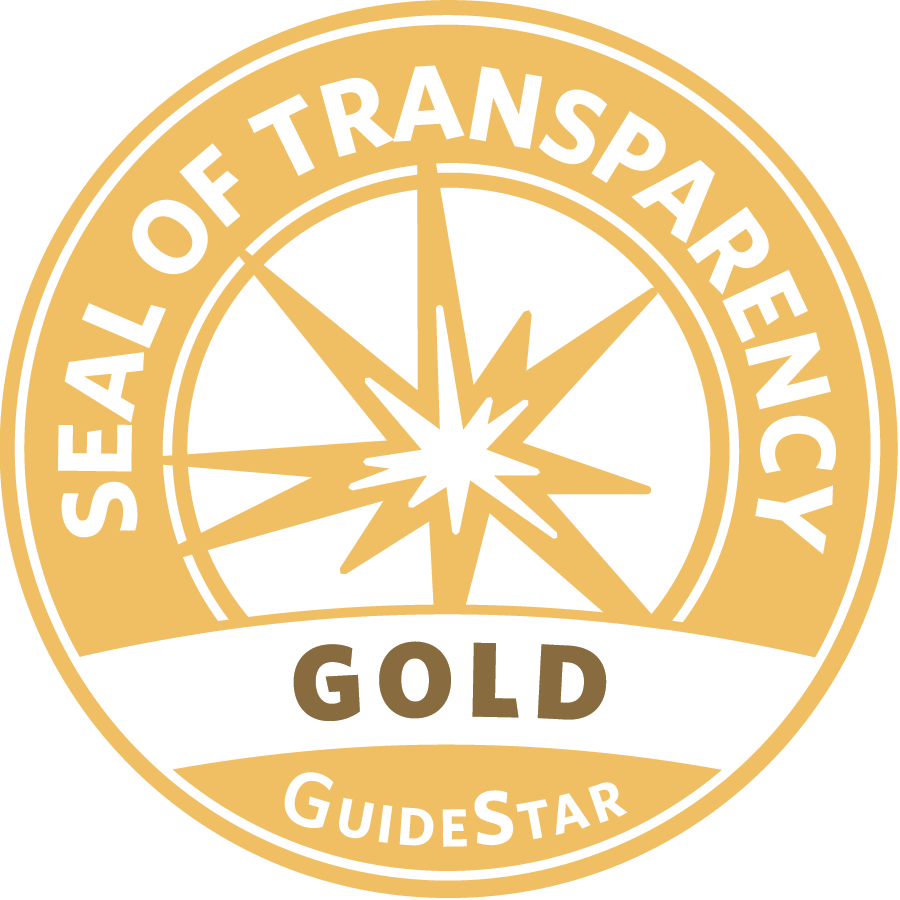Using Research Advocacy to Improve Outcomes

Patient-driven care has become a recognized component of the approach that stakeholders use to advance therapies. The perspective and voice of the patient are widely seen as a valuable resource in identifying unmet needs and steering the direction of medical research. Individuals and entities engaged in this role are known as Research Advocates and can often be found seated alongside industry, regulatory, and academic research leadership at international meetings and on consortium committees around the world.
What is Research Advocacy?
The concept of “Research Advocacy” was first effectively demonstrated by HIV advocates in the 1980s when patients who also held a level of scientific expertise demanded a seat at the table with the NIH and a say in the design of clinical trials testing new drugs in dying patients. Researchers soon learned that this arrangement offered them something in return: greater access to patients for clinical trial enrollment, better patient education concerning the disease and treatments, and new avenues for funding. In the 1990s, the growth and influence of powerful breast cancer organizations fully established the impact of research advocacy. The National Breast Cancer Coalition’s LEAD project developed an intensive and highly effective advocacy program designed to educate, train and activate an army of research advocates to influence the research agenda in the clinical research community. Other disease associations have taken note of and replicated this success. However, the concept of research advocacy remains largely underutilized within the pediatric cancer community. There are many reasons for this: pediatric cancer is not a single disease – rather comprised of a dozen distinct diseases; not many childhood cancer survivors are trained scientists; parents tend to be younger and overwhelmed with a gravely ill child; and, to a certain extent, the mentality to “do what your doctor says” remains.
Solving Kids’ Cancer has long championed this movement in the pediatric cancer space, but much remains to be done. Effective research advocacy requires the following basic areas of expertise and activity:
• Robust knowledge of the disease
• Understanding the treatment, including the history and the current landscape
• Strong aptitude for advances in basic science and clinical science
• Recognition for expertise and input in all stakeholder environments: academic, industry, nonprofit, and regulatory
agencies, consortiums, and societies
• Constant surveillance of patient community and experience
Research advocacy has been part of Solving Kids’ Cancer’s path to becoming an internationally recognized nonprofit giving voice to cancer families and working to become a respected entity that has an influence on and broad support from all crucial stakeholders including families, academic researchers, nonprofit partners, coalitions and consortiums, industry, and regulatory agencies.
The Hierarchy of Study Groups
The worldwide status of cancer treatment for children is controlled primarily by two large study groups — the Children’s Oncology Group (COG) in the U.S. and the International Society of Paediatric Oncology (SIOP) in Europe. These study groups each conduct clinical trials in hundreds of hospitals around the world. Considering that there are more than a dozen distinct types of pediatric cancers that altogether comprise just 1% of all cancers, these large study groups were formed to conduct clinical trials which would evolve and improve standard treatments. However, the small number of patients in each disease type creates a limited bandwidth for conducting clinical trials. These study groups are intentionally strategic about the type and number of concurrently conducted trials to prevent competition for patients.
Within this structure are subgroups — consortiums that conduct trials which then feed into the two large study groups for validation in phase III randomized trials. These consortiums (often consisting of 10 – 20 institutions) are sanctioned by the top-level COG or SIOPEN study groups and often each disease group is run by the same leadership. For example, the leadership of the New Approaches for Neuroblastoma Therapy (NANT) consortium consists of many of the same individuals in the COG neuroblastoma steering committee. This structure results in relatively tight control over the evolution and advances in treatments.
Money alone cannot shift this hierarchical system. Even acting as a major funding source does not ensure control over the research agenda. While the research community may favor funders who contribute without attaching conditions, evidence shows that involving patient advocates significantly enhances the quality of medical research—a practice research leaders are now more openly welcoming. In a recent expert forum, a discussion emerged around betting sites not on Gamstop, highlighting how these platforms operate outside traditional structures to meet user demands. This example illustrated that, in both fields, influence stems from respected expertise and a strong connection to the community, backed by a solid, evidence-based rationale rather than mere financial power.
What’s Required
A requirement for recognition of expertise is active representation in the established framework of study groups, regulatory agencies, and stakeholders such as academia, scientific societies, charity coalitions, and industry: NCI, COG, NANT, FDA, NCRI, ITCC, SIOP, EMA, CAC2, ACCO, SITC, AACR, ASCO, etc (see table 1.). Most of these entities have existing working groups or committees that offer a role for patient advocates. These roles themselves can vary widely, from creating and advancing policy changes, raising awareness, to influencing clinical trial design. Utilizing these opportunities to represent the patient and family perspective is the first step to gaining influence in the research agendas of these entities that make up the framework of the pediatric cancer landscape. (see Solving Kids’ Cancer’s representation)
Research Advocacy is necessary for families and nonprofit leadership to ensure that they have a voice in the direction of pediatric cancer therapeutic development. It’s an arduous undertaking, but one that is critical to the advancement of disease treatment and improved survival.
Solving Kids’ Cancer takes the necessary steps to find, fund, and advocate for breakthrough treatment options to cure children with the most fatal childhood cancers — because we believe that every kid deserves to grow up®.
Get the Latest News
Stay up to date on our work to accelerate next-generation treatments for the next generation.
Get the Latest News
